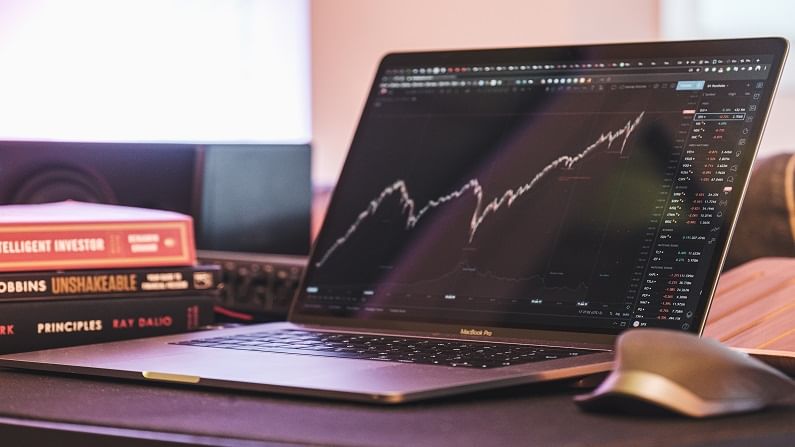Retiring amid roaring equity bull-run? Here’s the investment strategy and portfolio mix you must adopt
One needs to have a right balance between equities and safe, interest-bearing instruments at the time of retirement
- Sarbajeet K Sen
- Last Updated : June 18, 2021, 08:45 IST

The Indian stock markets have been witnessing a major bull run with the benchmark indices touching one fresh life-time high after another. Earlier this week, the BSE Sensex touched yet another record high of 52,869.51, while the Nifty 50 scaled a new peak of 15,901.60.
While most investors would find it difficult to gauge the future mood of the market and invest in stock at these current high valuations, what if you have retired from active work life during these times are or about to retire? What should be your equity investment strategy and how much equity should you hold as your regular salary slip or earning comes to a halt?
Leading investment advisors suggest caution on equities as one nears retirement to reduce portfolio volatility. “One needs to have the right amount of money in equities at every stage.
In retirement, there should be an appropriate amount in equities, which will be lower than the percentage invested when they were young,” Suresh Sadagopan, Founder, Ladder7 Financial Advisories said.
Risk minimisation
Sadagopan says that risk minimisation is the need of the hour as one nears retirement. “One must take only the required risks. And if the corpus is modest, one cannot look at ways to increase the returns, which could increase the risk massively. Instead, one should look at paring down the expenses in line with the income they are able to generate from their corpus,” he advises.
While the risk-taking ability differs from person to person, a simple and oft-repeated formula is to reduce equity holding by subtracting your age from 100. So, if your age is 40, you can consider 60 per cent holding in equities, while at age 60, the percentage of stocks in your portfolio should come down to 40.
Portfolio mix
On portfolio mix, Arvind Rao, Founder, Arvind Rao and Associates, says that a standard portfolio mix cannot be suggested for all retirees. “It’s difficult to define a general portfolio mix as a generic approach can be unscientific for structuring the retirement portfolio,” he said.
However, on an average, Rao suggests the following asset mix that can help minimise risk and generate income during the golden years: • Risk-free investments: 40-45% • Fixed-income investments/debt-based mutual funds: 25-30% • Gold: 5% • Equities/Equity mutual funds: 20-30%
As for the preferred investment instruments Rao suggests that the equity portion should either be in large-cap equity funds of blue chip stocks only. “For retirement safety one should choose among Senior Citizen Savings Scheme, PM Vaya Vandana Yojana, RBI Floating Rate Bonds, bank and company fixed deposits, short-term debt funds, debt hybrid funds and large-cap funds or blue chip stocks only,” he said.
More safety and higher returns
Sadagopan says retirement portfolios should aim more at safety than generating high returns. “There are a lot of determinants of the portfolio mix like the corpus size, expenses during retirement years, goals, survival period, medical condition etc. Overall, the risk in the portfolio should be moderated. As far as fixed income instruments are concerned, one should consider the safety of principal rather than looking only for returns,” he said.
On the equity front, Sadagopan also suggests investing in relatively lower risk investments like large-cap oriented funds, hybrid funds and index funds. “Equity can be between 10-40% depending on their personal situation. The rest can be predominantly in debt,” Sadagopan said.
Download Money9 App for the latest updates on Personal Finance.
Related
- Budget 2024: What is NPS ‘Vatsalya’ scheme? How to apply & other benefits?
- Budget’24: New NPS scheme for minors launched, here’s how you can benefit
- Health insurance vs. Medical corpus: What’s your choice?
- Have you taken the ‘No Spend Challenge’?
- Becoming a Crorepati, not a distant dream anymore!
- 5 Step Guide to Successful Retirement Planning

